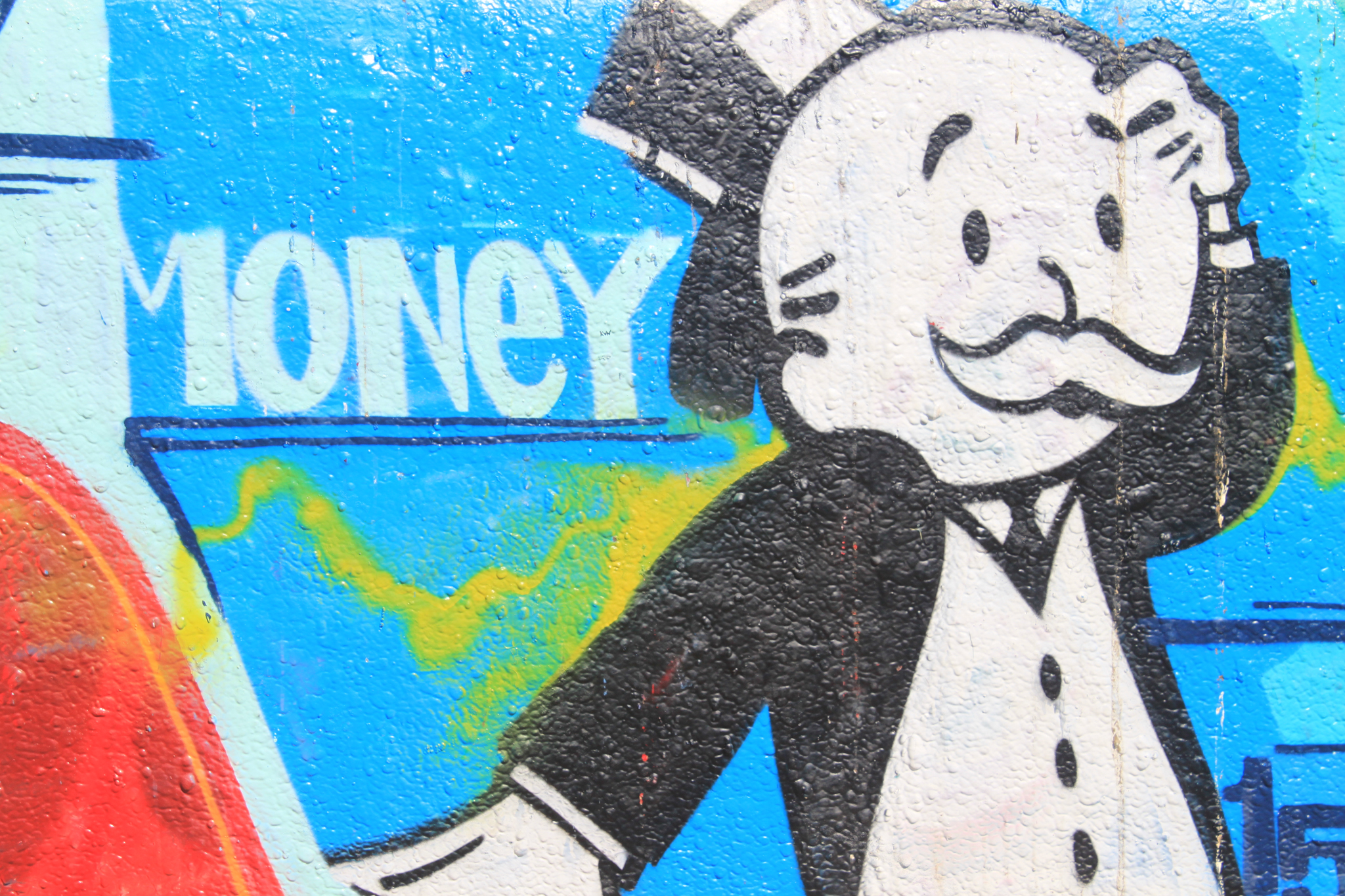As a journalist, I appreciate the importance of paying for quality journalism—but my budget only can absorb so many paywall subscriptions. I am disappointed to, once again, abandon the digital Wall Street Journal. Cost is too high. I resubscribed this year for a 6-month, election special promotional rate of $87—and received great value. The Journal became my newspaper of record during the brutal, belabored, blood-sucking Presidential campaign.
My sub would have auto-renewed on December 9th. But for how much? Nowhere (that I can find) does the account page disclose this vital information. So yesterday afternoon, I called customer service and received a shock that required the guy to repeat the renewal amount four times. Surely I misunderstood him: $98.97 for three months. That’s $395.88 per year! I pleaded for a deal and got one that isn’t low enough: $130.44 for six months. The WSJ rep compared the monthly costs for the incredible savings: $21.74, rather than $32.99 monthly. But as I told him, the meaningful comparison is to my other paid papers (digitally).
WSJ shouldn’t let escape such a customer as me. I started subscribing to the Digital Journal 20 years ago. That’a right, no kidding, in 1996. That’s so long ago, my log-in credentials are a short username, not an email address. The company called its digital product the Wall Street Journal Interactive Edition; I signed on with a 90-day free promotion offered when Microsoft released Internet Explorer, then paid $49 for a year’s access. Considering the print paper cost nearly four times more, and wasn’t as convenient, digital suited my needs. If I rightly recall, WSJ offered then, if not later, software for reading the content. Long later: Browser and mobile app access.
The cost to read digitally is seemingly exponentially more 20 years later. Using the U.S. Inflation Calculator, that forty-nine dollar’s adjusted value today: $75.49, which is a 54.1 percent increase. WSJ wants so much ridiculously more: 708 percent, which is a Hell of a price increase over 20 years! By comparison, U.S. price for a Big Mac was $2.36 in 1996. Two decades later: $3.99, nationally, or $4.69 at the McDs down the road from my apartment. Using the higher figure, the price increased by 98.7 percent, or 69.1 percent for the other; neither approaches the Journal’s gouging American consumers—who need the mental food for their anorexic brains more than burger fare for their bulging guts.
The two-patty sandwich is on my mind because its inventor died this week at age 98 and because the Economist uses the Big Mac Index as a metric for measuring money’s value among global currencies.
But there are different measures of value. WSJ Digital costs $1.08 per day, which is less than what most of us spend on a single cup of coffee. But the Journal isn’t my only subscription, and I get nearly as much value from the others for a fraction of the cost.
If I rightly recall, yearly prices had jumped from $49 to $79 to $119 to $149, rounded down, over the next 14 years. In 2009, I paid $119. A year later, the Journal jumped the rate to $155, and I temporarily cancelled but returned within days after receiving a $79/year offer. In late February 2012, WSJ snatched $207.48 from my bank account for the annual payment. I cancelled and received a refund. I took advantage of a three-month Black Friday either in 2014 or 2015, then cancelled.
I told the customer service rep that $87 for another 6 months could keep me a subscriber. Today, I see that the Journal promotes $99 for the same period, presumably a holiday special. But the ecommerce system won’t let me take the discount, not without starting another account. I’d rather walk away.
I told my wife about what happened, and she made an astute observation that I should have: It costs the Journal nothing to keep me but plenty to let go a customer. The newspaper isn’t printed. The digital content already has been generated and production paid for; makes more sense to take my money.
I pay $29 a year for all digital access to the Washington Post and $7.50 a month for the New York Times, which sub I will cancel for dissatisfaction with editorial tone and reporting. I’m under an 8-week free promotion, after calling to cancel in mid-November; when that ends, so does my sub. I started subscribing to the Times, print and later digital, in 2001.
Who deserves my journalism dollars in this era of fake news and aggregation plagiarism? For less than what I will save on the NYT and WSJ: The Guardian, Mother Jones, and Pro Publica. All three operate on varying donation models, although I also receive a magazine from MJ. None erects a paywall, and all three excel at responsible, investigative reporting.
Photo Credit: Thomas Galvez
